The discussions around CPU and GPU rendering often revolve around speed. However, there is many more factors when looking for the best option.
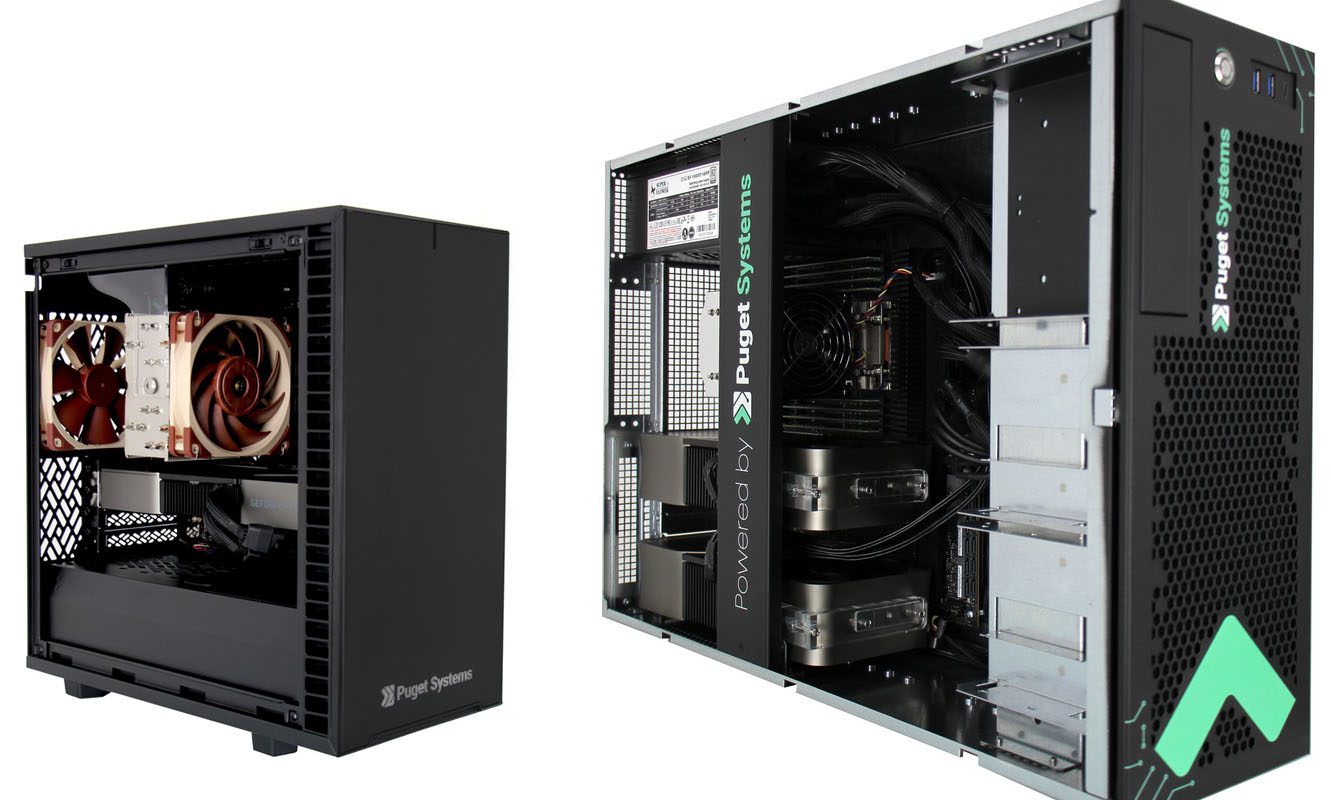

The discussions around CPU and GPU rendering often revolve around speed. However, there is many more factors when looking for the best option.
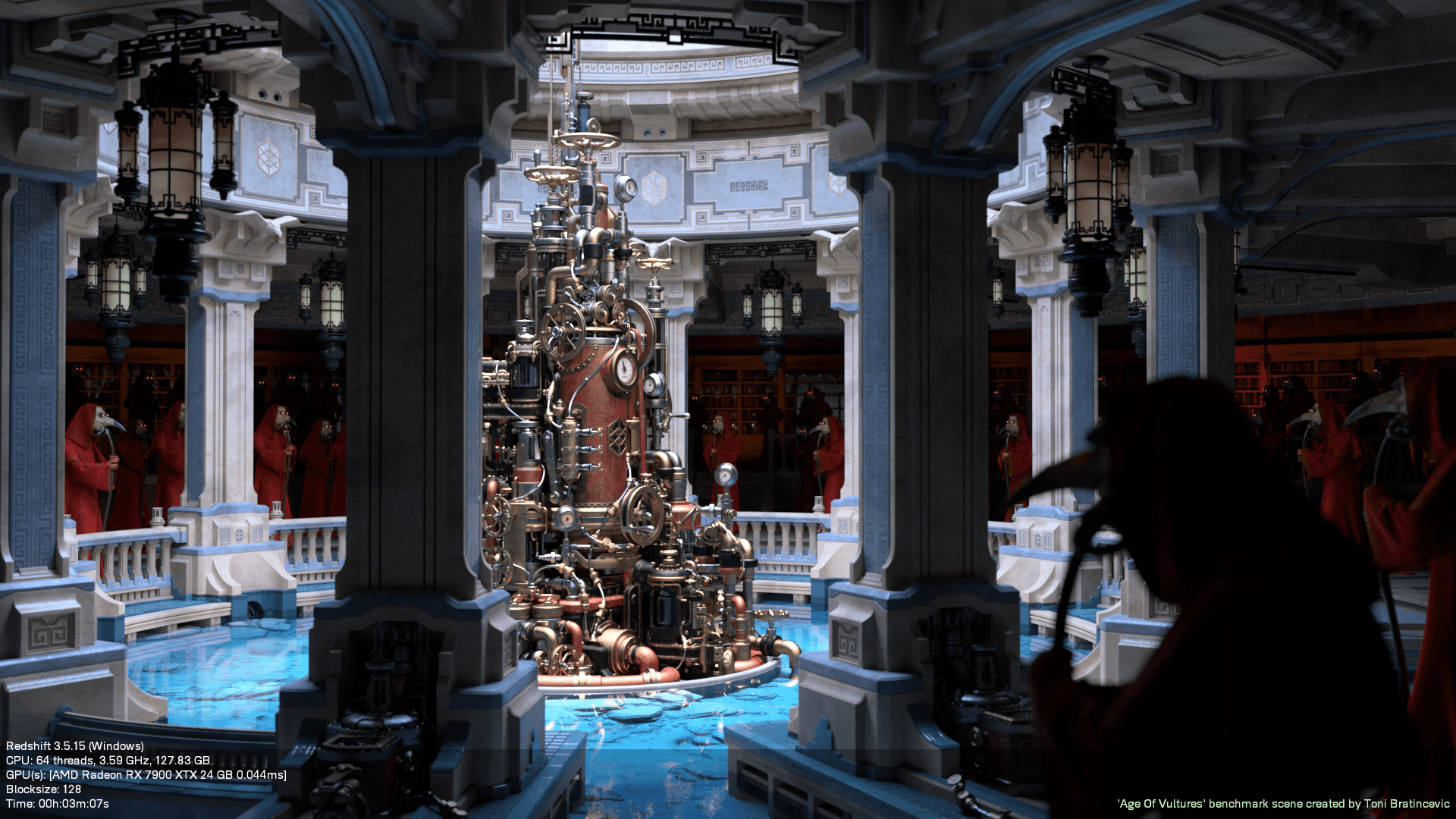
Maxon announces new hardware requirements for both CPU and GPUs. How will this impact existing users, and those shopping for new systems?
The week, Epic revealed Unreal Engine 5. With it, a lot of new tech, and a lot of new questions.
I this ongoing series, I experience a very frustrating week, full of blue screen, crashes, and more blue screens.
After a couple weeks of smooth sailing, things get a bit rocky.
This week we continue the development of a new benchmark and dive into scripting within 3ds Max
An ongoing series on creating a benchmark, from inception to completion. This week, identifying areas of 3ds Max that hardware creates slowdowns or bottlenecks.
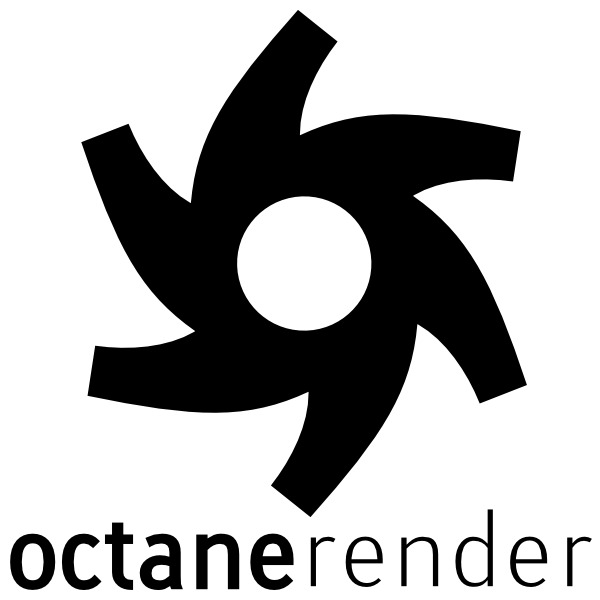
OTOY is nearing completion of OctaneBench 2019, the first version of their OctaneRender benchmark to support the new RTX technology in NVIDIA’s Turing-based GeForce and Quadro video cards. We will do a full performance roundup when OB 2019 is finished, but for now I wanted to put out a quick preview of the performance increase that RTX tech can bring to GPU rendering.
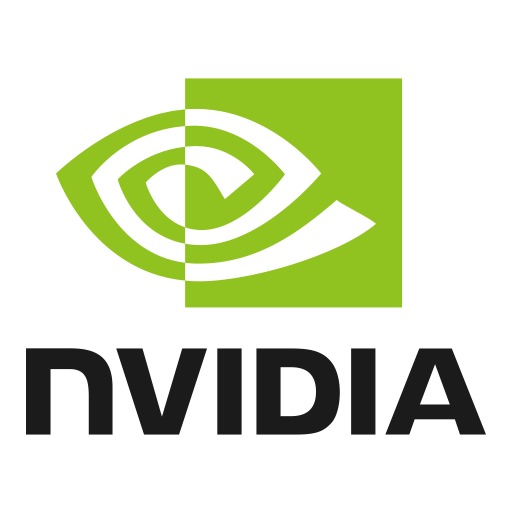
NVIDIAs new GeForce RTX video cards have been all the talk lately. There is a lot of debate on the value that real time ray tracing brings to games, and some questions on how useful these cards will be to traditional ray traced renderers. With these cards becoming available for testing, and reviews starting to come in, many of these questions will be answered. However, there is an aspect to these cards that is often being overlooked: how the advances in real time ray tracing will dramatically cut down on production time before the rendering stage.
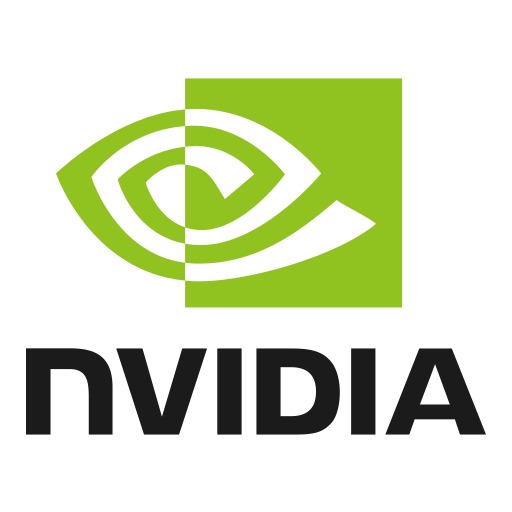
Like many of you, I was glued to my computer screen this morning during NVIDIA’s live-stream of the GeForce RTX 20 series launch. But what exactly was shown today, and what does it mean for the future of gaming, virtual reality, and other GPU-based applications?